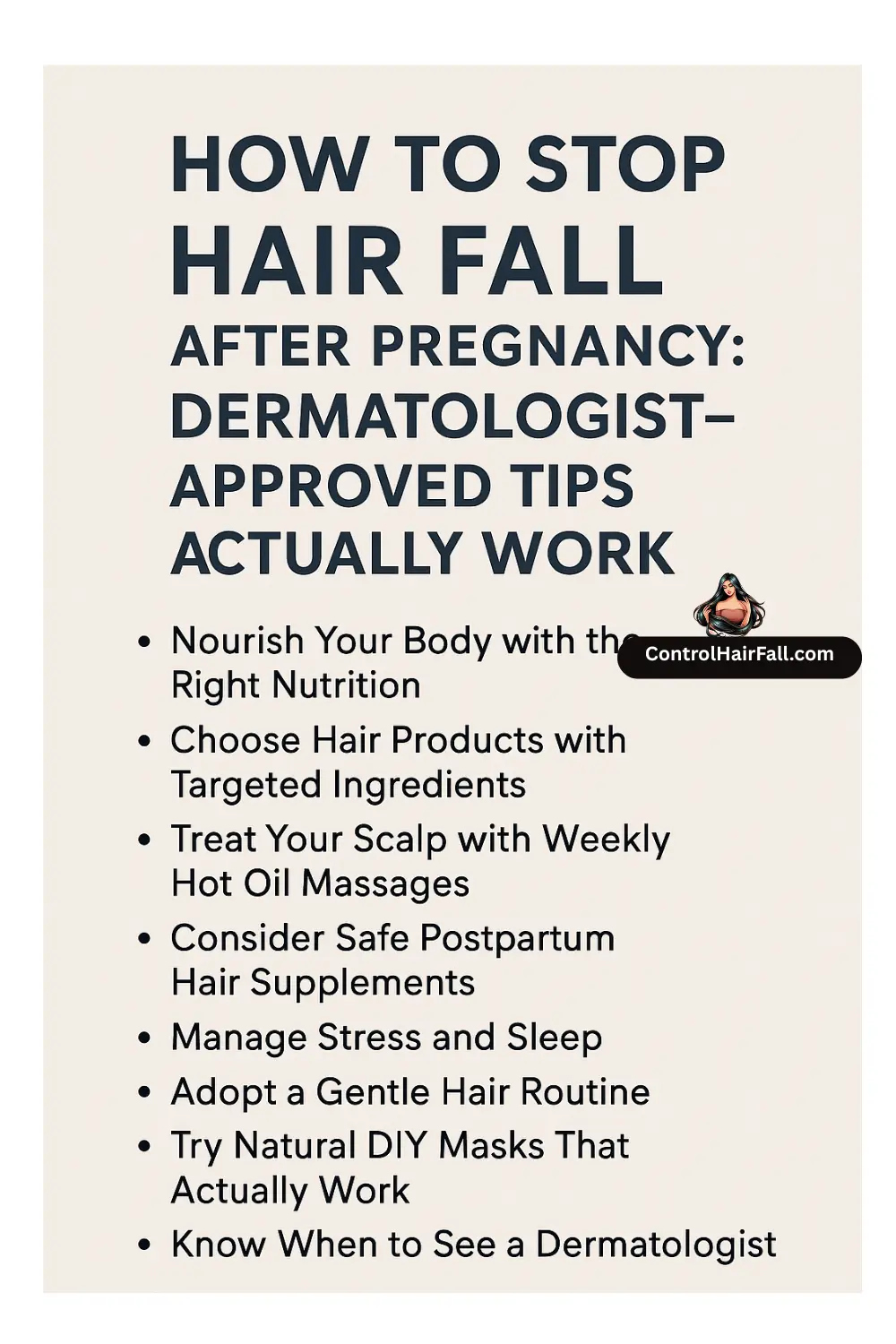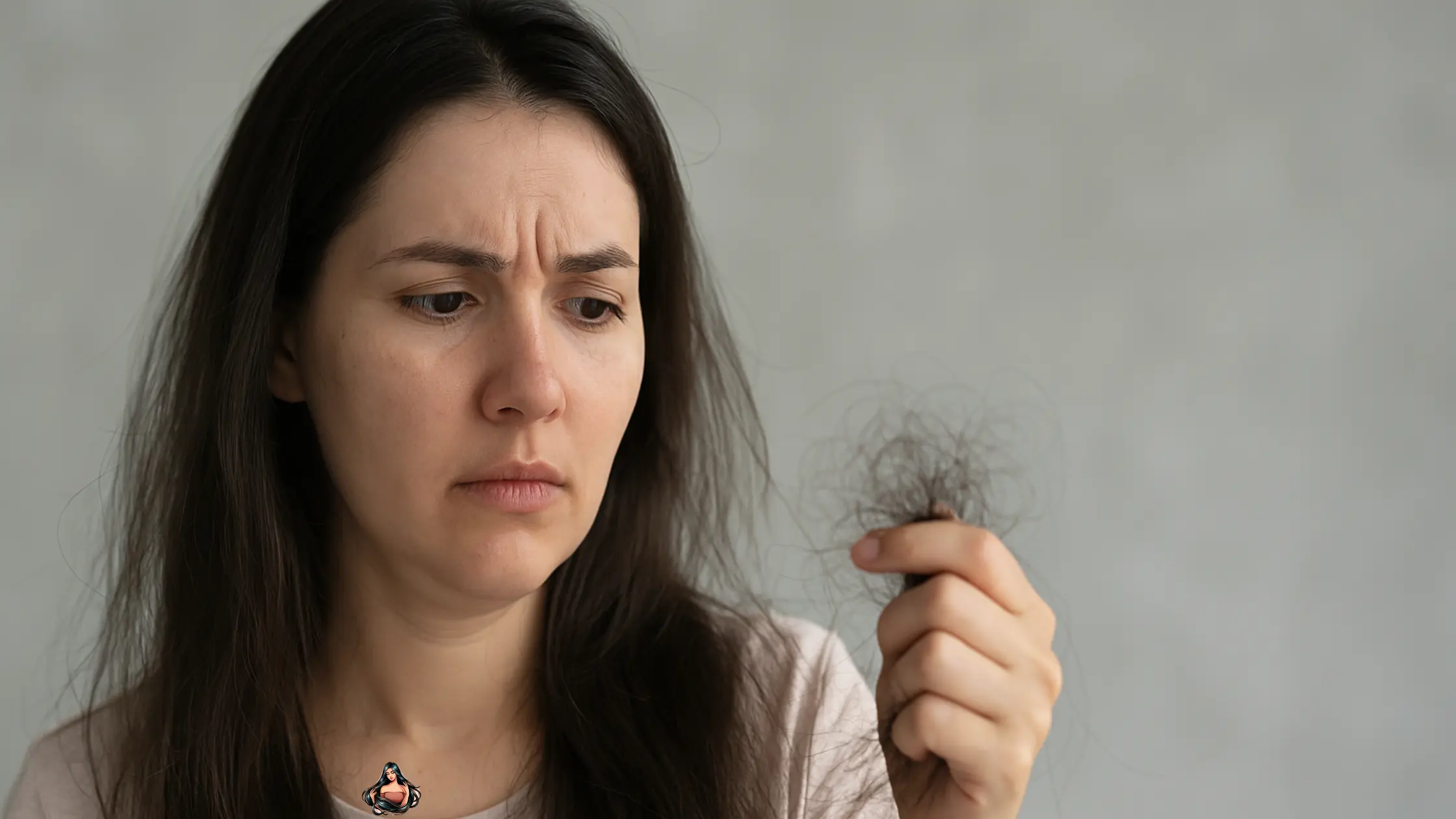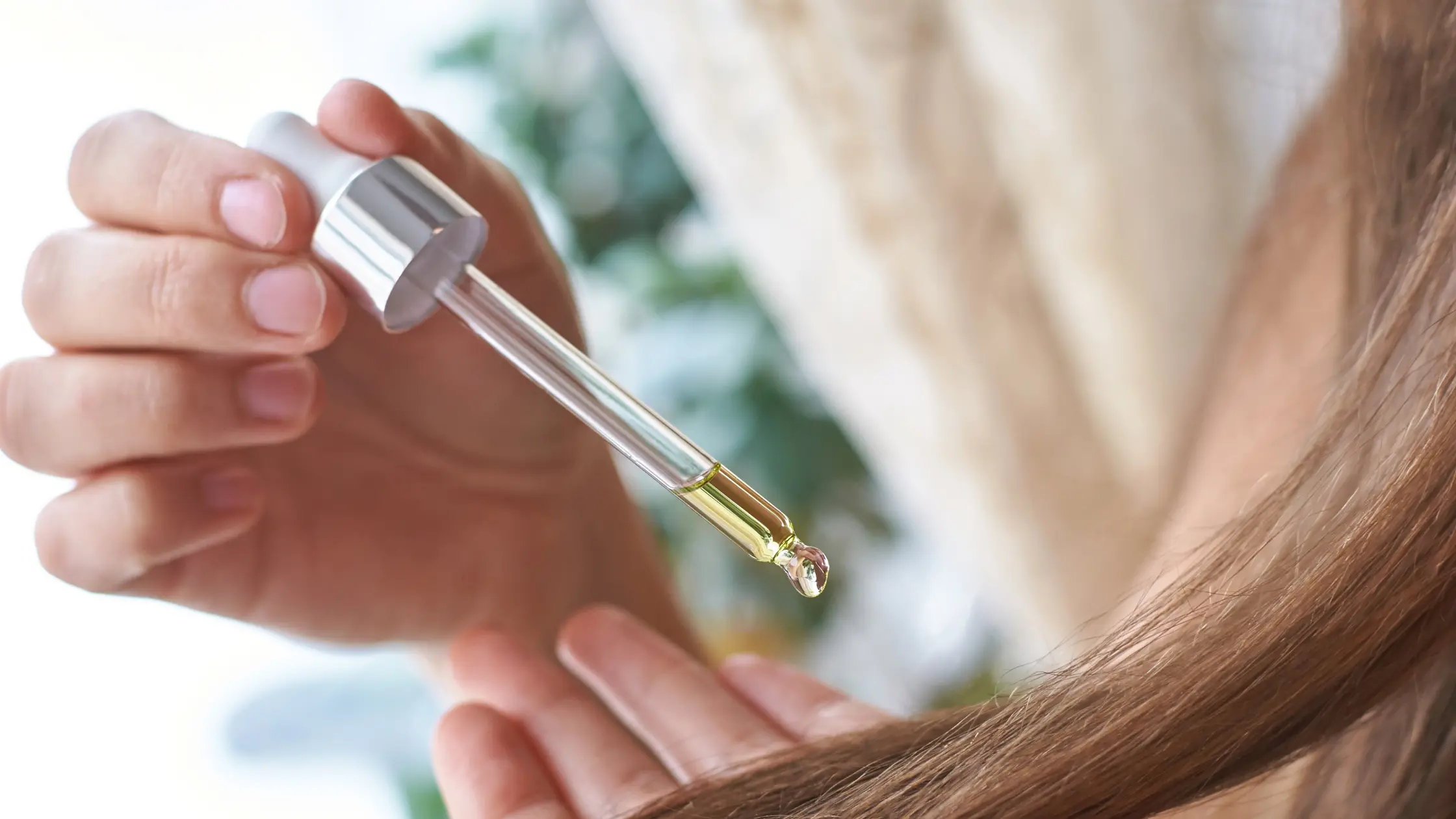Bringing a new life into the world is one of the most profound experiences a woman can have but as the lullabies start and baby snuggles become the norm, many new moms are met with an unexpected side effect: postpartum hair loss.
If your once-voluminous hair has started shedding faster than you can count the strands on your pillow, you’re not alone. Here’s everything you need to know about postpartum hair loss and the hair care routine for new moms to manage it gracefully.
What Is Postpartum Hair Loss?
Postpartum hair loss is a temporary shedding of hair that commonly occurs 2 to 4 months after childbirth. During pregnancy, elevated estrogen levels keep hair in the growth phase longer, giving many women lush, thick locks. However, after birth, as hormone levels normalize, all that extra hair enters the shedding phase, often all at once.
- Up to 90% of women experience postpartum hair loss to some extent.
- It typically peaks around the 4th month postpartum.
- Most women see improvement by the baby’s first birthday but support and care are crucial during this phase.
What Causes Hair Fall After Child Birth?
The real culprits? Hormones and sometimes, nutrient deficiencies.
- Estrogen Drop: High estrogen levels during pregnancy prolong the anagen (growth) phase. Once you deliver, estrogen drops rapidly, pushing hair into the telogen (resting/shedding) phase.
- Nutrient Deficiency: Iron, vitamin D, B12, and protein deficiencies are common post-delivery, especially if you’re breastfeeding.
- Lack of Sleep and Stress: The emotional toll and physical exhaustion of caring for a newborn can trigger stress-induced shedding.
- Thyroid Fluctuations: Some women develop postpartum thyroiditis—a temporary thyroid imbalance that can exacerbate hair thinning.
Signs Your Hair Loss Is Normal vs. Concerning
Normal postpartum hair fall:
- Begins 2-4 months after birth,
- Hair falls out in clumps, especially while brushing or showering,
- Thinning along the temples or hairline,
- Slows down by 6-12 months postpartum.
See a doctor if:
- Shedding lasts beyond 12 months,
- Hair falls out in patches,
- You experience sudden weight changes, fatigue, or mood swings (signs of thyroid issues),
- Your scalp is inflamed or itchy.
Hair Care Routine For New Moms: Expert Guide to Healthy Regrowth
The goal is to nourish your scalp, strengthen hair, and minimize stress on follicles. Here’s a realistic, effective routine tailored for postpartum hair loss:

Gentle Cleanser (2–3x/week)
Use a sulfate-free, mild shampoo with DHT blockers or caffeine (look for biotin, rosemary, or keratin). Avoid washing too frequently to retain natural oils. We recommend:
Scalp Massage (Daily, 2 mins)
Boosts circulation and promotes follicle stimulation. Use fingertips (not nails) in circular motions.
Apply 2–3 drops of rosemary essential oil mixed with a tea spoon of jojoba or castor oil. Or you can try this hair oil by Vegan Mia that is loaded with goodness of rosemary, jojoba oil, castor oil, cedarwood essential oil, thyme essential oil, lavender essential oil and argan oil, all in one.
Incorporate Leave-In Conditioner & Hair Serum In Your Routine
Tame frizz and reduce breakage with a leave-in conditioner and a lightweight serum. Look for ingredients like argan oil, aloe vera, glycerin or peptides.
Hot Oil Massage (Once a week)
Coconut oil, castor oil, or almond oil, or this homemade regrowth hair oil, any other hair oil of your choice, warm it up and gently massage your scalp and hair. Leave on for 30 minutes before pampering your oiled hair with some steam using thermal steam cap followed by your favorite shampoo.
Protein or Deep Conditioning Mask (Once a week)
Replenishes lost moisture and rebuilds weak strands. We recommend: DIY mask: 1 egg + 2 tbsp yogurt + 1 tbsp olive oil (apply for 30 mins, then rinse).
Switch To Silk Pillowcase
Reduces friction, minimizes breakage, and retains moisture better than cotton.
Loose Braids or Bun
Prevents tangling and stress on roots while sleeping.
Supplements (Consult your doctor first)
Postnatal vitamins rich in:
Diet and Lifestyle Tips That Boost Hair Recovery
- Hydrate like a queen: 2.5–3 liters of water daily aids scalp health.
- Eat your proteins: Eggs, lentils, nuts, and lean meats are building blocks for keratin.
- Healthy fats: Omega-3-rich foods like walnuts and chia seeds promote elasticity and shine.
- Mindfulness: Try 10 minutes of yoga, breathing, or journaling. Lowering stress helps your follicles too.
- Sleep: We know it’s hard but even short naps help regulate hormones and improve recovery.
Hair Trends & Treatments For Postpartum Shedding
If you’re dealing with excessive loss, the latest innovations in hair care offer support:
- Red Light Therapy Combs: Stimulate follicles and reduce inflammation.
- Scalp Microneedling: Promotes regrowth by increasing collagen and absorption of serums.
- Hair Botox: Safe after delivery (check with your doctor) and can improve texture dramatically.
When Will My Hair Go Back to Normal?
Most women see visible regrowth between 6 to 12 months postpartum. Baby hairs will begin sprouting at the temples, and the shedding should reduce significantly.
Over To You
Postpartum hair loss may feel alarming, but it’s a natural response to the monumental changes your body has undergone. With the right care, gentle products, and realistic routines, your hair will bounce back stronger, shinier, and even more resilient than before. As always, be patient with your body.
You created life! You’re already a queen!
Before you leave, don’t forget to check out Shraddha Arya’s struggle with postpartum hair loss.
Have a lovely day!








